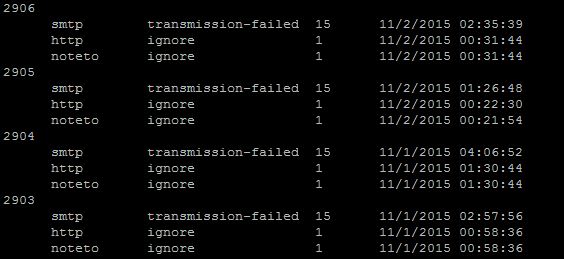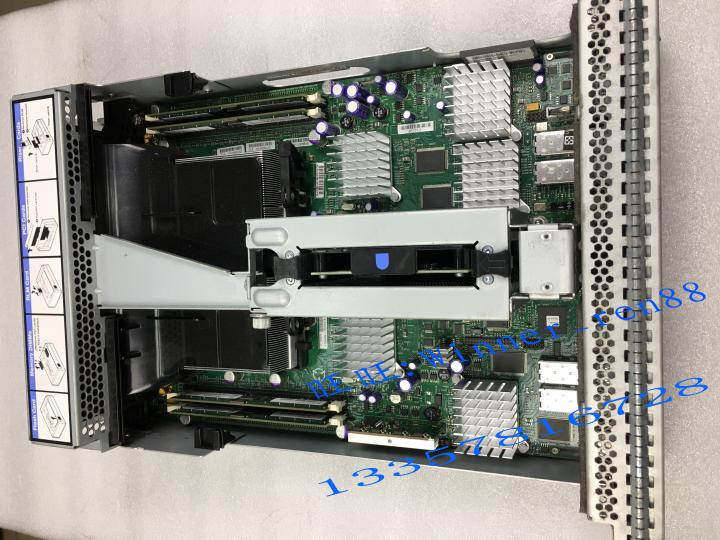Netapp Fas3140 Manual

EMC blew NetApp and others away with a CIFS benchmark in January. Now NetApp has returned that favour with interest, blowing EMC away in an NFS benchmark.
The two benchmarks are the CFS and NFS versions of the SPECsfs2008 file access benchmarks. What gives them special piquancy is that this is the first public performance match between two different approaches to flash memory use in storage arrays with the latest controller technology.
EMC has led with idea of using solid state drives (SSD) as a high-performance tier of storage in its VMAX and other arrays. NetApp favours the use of flash as a storage controller cache, its Flash Cache technology. Which is best? Here are are the numbers.
. Editable worksheet is available on the USB flash drive. +-USB flash drive Microsoft ®®.
Our Access program is AES 256 encrypted at all times, even when open, and it is never on the internet. While waiting for the IT pros to assist with a plan, call the team at Filemaker and see what they can do for you. Hi chattphotos, thank you for your response.I'm aware of the nightmare I'm getting myself in to, but we have many users that have a Mac and don't want to use the Parallels/Windows interface to use our product.We are not required to be HIPAA compliant, but hold ourselves to a similar standard. Database game cracks for mac. We are looking for the same situation with a Mac solution.For this version, being able to be used on the Mac will be enough.
In January EMC's Celerra NS-G8 NAS gateway product front-ended a VMAX with 96 SSDs and scored 118,463 IOPS with an average latency of 1.92 msecs. NetApp's FAS3140 with a Flash Cache could only do 55,398 IOPS with 1.25 msec latency.
Celerra NS-G8 technology achieved 110,621 IOPS and 2.32 msecs latency in the NFS version of the benchmark. A VG8 Celerra with one less data mover engine and a Fibre Channel disk drive VMAX achieved a higher 135,521 IOPS in August this year.

Now NetApp has released benchmark numbers for its new FAS3270 and FAS6240 arrays, the latter with Flash Cache. The 3270 is rated at 101,183 IOPS, much better than the 3140 but failing to beat the Celerra NS-G8 SPECsfs2008 NFS numbers. The 6240 though, achieved 190,675 IOPS, 41 per cent faster than the Celerra VG8, and the second highest SPECsfs2008 NFS score to date.
HP leads the field with a 333,574 IOPS score achieved by a four-node BL860c cluster, using Itanium CPUs, not X86 ones.
What NetApp has done here is to show that, in file-access speed, its Flash Cache-using FAS arrays are superior to the SSD-using VMAX in the configurations tested and with current controller CPU resources. There seems to be no inherent limitation in using a storage controller flash cache instead of an SSD storage array tier. ®
Sponsored: Choosing A Low-Code Vendor
Netboot is a procedure that can be used as an alternative way to boot a NetApp Storage system from a Data ONTAP software image that is stored on a HTTP or TFTP server. Netboot is typically used to facilitate specific recovery scenarios. Some common scenarios are; correcting a failed upgrade, repairing a failed boot media, and booting the correct kernel for the current hardware platform. The recovery actions discussed in this article should not be taken without guidance from NetApp Support.Previously when ONTAP 7G was booted, the kernel would be loaded into memory and there would no longer be any dependency on the boot device, allowing the system to run from the netboot kernel. In Data ONTAP 8, once the kernel has been loaded, there is still a need to access the boot device. When reverting from one major version of Data ONTAP to another, a very specific set of steps must be followed to properly revert the system.
Most commonly, a system is rebooted before all of the steps have been completed to properly revert the system. When the error occurs, raid label errors might be reported, as see in the following output. Netboot might be needed to address this, contact support for the required recovery steps.Note: For more information on the revert procedure, see article: How to revert Data ONTAP OSRecovery from an incorrect version of Data ONTAP installed during revert. For more information, see article: Problems on upgrading or reverting Data ONTAP softwareThe following instructions are for users who would prefer to run Data ONTAP 7.3.5 on a newly acquired system instead of the Data ONTAP 8.0.
WARNING: The platform must be supported on 7.3.x. For more information, see article How to revert a newly acquired system from Data ONTAP 8.0.x to 7.3.xThe following procedure is applicable for controllers installed with Data ONTAP 8.0.x, which are intended to be replacements in a system running Data ONTAP 7.3.x.Warning: This applies to a system that is shipped without disks. If you have a disk, for more information, see articles:KB:: How to revert a newly acquired system from Data ONTAP 8.0.x to 7.3.x.KB: How to netboot Data ONTAP 7.3.x on controllers shipped with 8.0.xThe boot media in NetApp storage systems are platform specific, and are either CF card or USB based devices. Should a boot device need to be replaced, refer to the boot device replacement documentation for your platform and version of Data ONTAP.:Main.:This article gives the procedure to replace a cf card and re-image the cf card in a CFE based system. For more information, see article: How to replace a failed flash card or a missing flash card imageRelated Link:: FAS 270 fails to boot past CFE promptThough not a comprehensive list, the articles in this section deal with errors seen when attempting download or software update –r to install new software to the boot device.
For more information, see article: Failed CF boot device encountered during a Data ONTAP upgrade could result in the following error during download. Use article 2012781 to troubleshoot this error.download: Failed to open download script file /etc/boot/x86elf/kernel0.cmds: No such file or directory. NetApp provides no representations or warranties regarding the accuracy or reliability or serviceability of any information or recommendations provided in this publication or with respect to any results that may be obtained by the use of the information or observance of any recommendations provided herein. The information in this document is distributed AS IS and the use of this information or the implementation of any recommendations or techniques herein is a customer's responsibility and depends on the customer's ability to evaluate and integrate them into the customer's operational environment. This document and the information contained herein may be used solely in connection with the NetApp products discussed in this document.
- понедельник 27 апреля
- 82